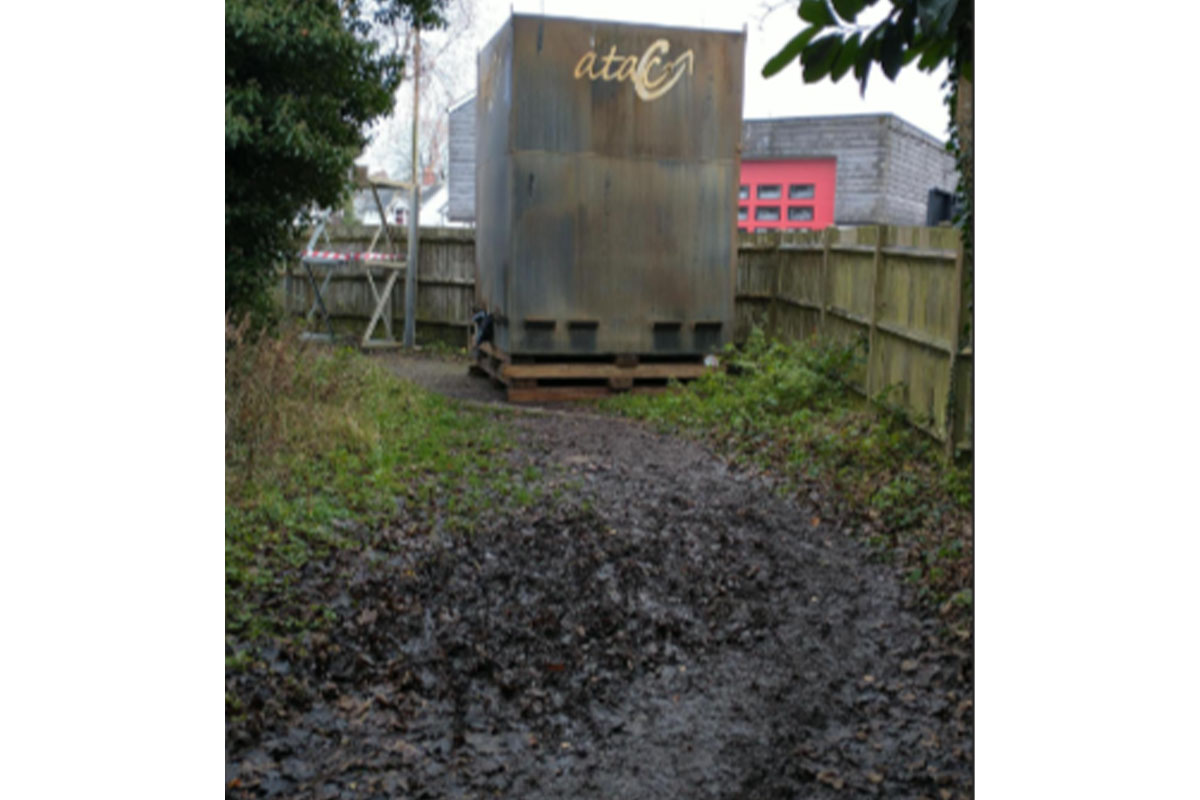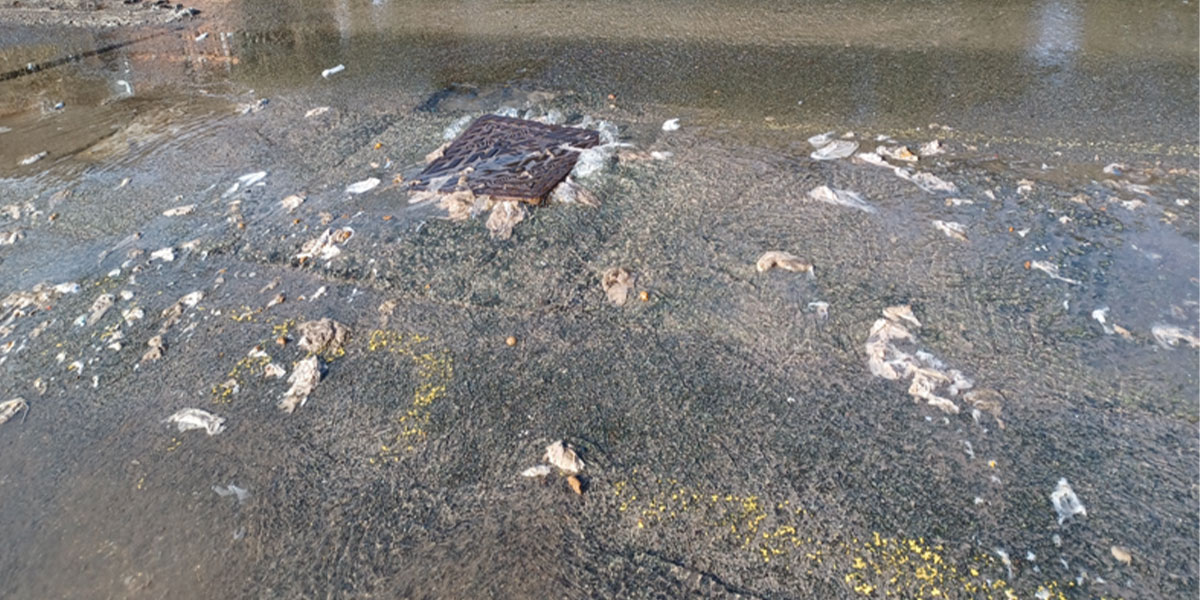Lambourn Valley
We're improving our sewer network in the Lambourn Valley area. The valley often floods during wet weather. This includes the villages of Lambourn, East Garston, Eastbury and Great Shefford.
When and where we're working
- Upper Lambourn: 1.25km of lining and 19 manholes to seal
- Eastbury: 450m of lining and nine manholes to seal
- East Garston: 50m of lining
- Great Shefford: 48m of lining and four manholes to seal
We've deployed mobile filter units next to the sewage pump stations in these areas. This is in preparation for the increasing groundwater levels. We monitor these levels so that we can turn the unit on when we see groundwater impacting the sewer network.
We have now turned on the filter units in both Aldbourne and Lambourn as the groundwaters are now peaking. This is to mitigate any property flooding and pollutions. We will be sampling the watercourse and keeping the Environment Agency updated.
This filter unit will run 24 hours a day. A pump will feed the sewage into the unit so it can be filtered and then discharged to the watercourse. By installing this unit, we are trying to minimise the impact flooding will have in this area.
Tankers will be deployed to Upper Lambourn, Eastbury and Great Shefford and will need to run 24/7. We'll be regularly monitoring the watercourse to check for any impact. We'll clean up any areas that are impacted from sewer flooding.
How this will affect you
We’d like to reassure you that your drinking water services will not be affected.
The filtering unit and tankers may be noisy. This is a necessity to keep your wastewater services flowing. We thank you again for your support.
Completed work
Upper Lambourn:
- 7m of lining
- Three manhole chambers sealed
- Diversion of a well connected to the foul network
Lambourn:
- 112m of lining
- Repair to a partial collapse of the sewer
Eastbury:
- 47m of lining
- Five manhole chambers sealed
East Garston:
- 73m of lining
- Five manhole chambers sealed
- Private disconnection/repair to the foul sewer preventing a live spring entering the network
Great Shefford:
- 1.4km of lining
- 30 manholes sealed
- Repair to partial collapse of the sewer
We've also written to residents to remind them about what they flush - see more on our bin it, don't block it page.
Challenges
The wet weather has overwhelmed our sewer network with groundwater, surface water and flood water. It comes from many sources, including infiltration into our sewers and manholes, as well as those owned privately.
Because rainwater soaks into the ground slowly, groundwater levels can continue to rise long after the rain has stopped. This means it will take a long time for the extra water to leave our system, even once the rain stops.
This water shouldn't be in our sewers as they aren't designed to hold it. Once they reach capacity, the water, mixed with untreated sewage, overflows into properties and streets. Find out more about sewer flooding.

An ATAC unit which filters the excess flows before they are discharged to the river.
Responsibilities
We're responsible for maintaining our sewer network and have a long-term plan for preventing sewer flooding. We're working towards reducing storm overflow usage to improve river health. Our storm discharge map shows where discharges are happening in near real-time.
Local authorities and the Environment Agency (EA) are responsible for groundwater, river and surface water flooding. We'll be working with them to manage flood water entering the sewer system.

Some of the debris left behind after the flooding has cleared.